Minimizing Tile Re-ordering Problem:
Suppose I had the following symmetric 9x9 matrix, N^2 interactions between N particles:
(1,2) (2,9) (4,5) (4,6) (5,8) (7,8),
These are symmetric interactions, so it implicitly implies that there exists:
(2,1) (9,2) (5,4) (6,4) (8,5) (8,7),
In my problem, suppose they are arranged in matrix form, where only the upper triangle is shown:
t 0 1 2 (tiles)
# 1 2 3 4 5 6 7 8 9
1 [ 0 1 0 0 0 0 0 0 0 ]
0 2 [ x 0 0 0 0 0 0 0 1 ]
3 [ x x 0 0 0 0 0 0 0 ]
4 [ x x x 0 1 1 0 0 0 ]
1 5 [ x x x x 0 0 0 1 0 ]
6 [ x x x x x 0 0 0 0 ]
7 [ x x x x x x 0 1 0 ]
2 8 [ x x x x x x x 0 0 ]
9 [ x x x x x x x x 0 ] (x's denote symmetric pair)
I have some operation that's computed in 3x3 tiles, and any 3x3 that contains at least a single 1 must be computed entirely. The above example requires at least 5 tiles: (0,0), (0,2), (1,1), (1,2), (2,2)
However, if I swap the 3rd and 9th columns (and along with the rows since its a symmetric matrix) by permutating my input:
t 0 1 2
# 1 2 9 4 5 6 7 8 3
1 [ 0 1 0 0 0 0 0 0 0 ]
0 2 [ x 0 1 0 0 0 0 0 0 ]
9 [ x x 0 0 0 0 0 0 0 ]
4 [ x x x 0 1 1 0 0 0 ]
1 5 [ x x x x 0 0 0 1 0 ]
6 [ x x x x x 0 0 0 0 ]
7 [ x x x x x x 0 1 0 ]
2 8 [ x x x x x x x 0 0 ]
3 [ x x x x x x x x 0 ] (x's denote symmetric pair)
Now I only need to compute 4 tiles: (0,0), (1,1), (1,2), (2,2).
The General Problem:
Given an NxN sparse matrix, finding an re-ordering to minimize the number of TxT tiles that must be computed. Suppose that N is a multiple of T. An optimal, but unfeasible, solution can be found by trying out the N! permutations of the input ordering.
For heuristics, I've tried bandwidth minimization routines (such as Reverse CutHill McKee), Tim Davis' AMD routines, so far to no avail. I don't think diagonalization is the right approach here.
Here's a sample starting matrix:
http://proteneer.com/misc/out2.dat
Hilbert Curve:
RCM:
Morton Curve:
